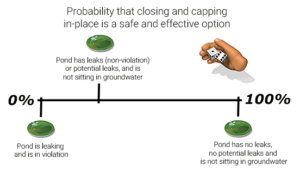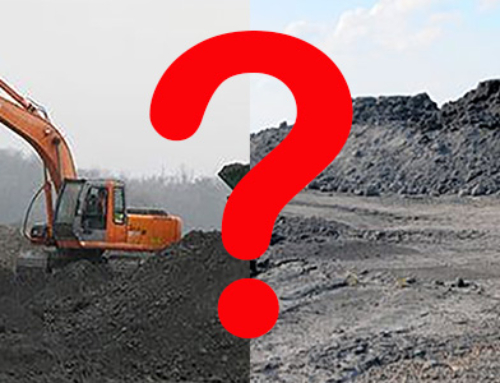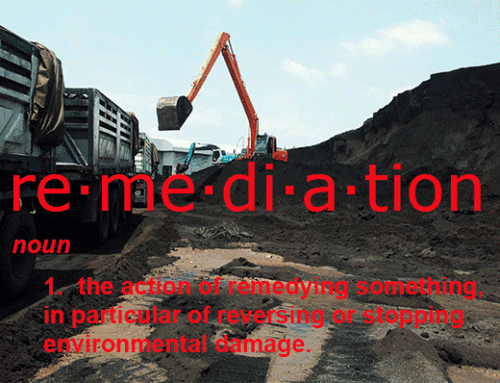There is a battle brewing whether a Coal Ash Impoundment’s Cap-In-Place Closure Plan (even partial hybrid methods) are protective enough when ground water issues exist or high probability that they will develop. Despite current regulations with more regulations on the way, there is a large environmental poker game being played.
Some utilities and state environmental agencies have poker hands that try to prove that coal ash only UNDER liner (Cap-In-Place) is safe enough. This compared to the EPA and environmental groups’ poker hands of beneficiation first, and then adding another level of storage protection; coal ash OVER liner (Landfill/Structural Fill) will be safe.
This environmental poker game has been going on for over 15 years. The only way this game is going to end is that all stakeholders RESET, agree on a middle-path, and execute on that decision. .
The EPA Regulations
Over the years, methods to properly close legacy coal ash ponds (referred to “CCR units” by the EPA) have become a source of great debate. Most utilities have publicly stated that closure in place, commonly referred to “cap-in-place,” is a “safe and effective option” and it is being considered at a great number of coal ash ponds across the U.S.
However, that strategy has been slowly dying as a solution. The science behind the choice has revealed, according to the EPA, that coal ash in direct contact with soil leaches contaminants such as selenium, mercury, cadmium, and arsenic into surrounding groundwater. These substances have been clearly associated with cancer and other serious illnesses.
The EPA regulations stipulate that capping in-place is safe only under certain conditions.
“Common Sense has left the building.”
Some utilities and state environmental agencies have argued that the EPA’s definition of “infiltration” in the current regulations only means “water from above”; not below.
While EPA’s Regulations does not stipulate that the 40 CFR § 257.102(d)(i) performance standard specifically applies to the entire CCR unit, acceptable waste management practice and COMMON SENSE indicates that it does apply to the entire CCR unit storage system. To interpret the regulation any other way would mean that concern for environmental impact is restricted to surface water infiltration and does not include any subsurface interactions of the CCR with the environment.
The utilities and state environmental agencies’ argument is like saying, “My tub won’t leak anymore if I just turn the water off.”
Common Sense: One would induce that if the coal ash pond were leaking, or has the potential to leak, or is already in contact with the ground water; then the pond must be remediated and stored safely. However, there have been many examples of problem sites that have tried to Cap-In-Place despite what should be very low odds.

It is time to hit the reset button and make more progress on this massive cleanup operation.


Environmental groups should go beyond just the old, outdated battle cry; “NIMBY Not in My Back Yard” and realize that a lot of the coal ash is going to remain on-site and fight for tighter on-site controls (safer storage) instead of “swinging for the fence” and trying to get all the coal ash removed and shipped somewhere else. – “SEBY Somebody Else’s Back Yard”
Utilities need to reset their coal ash strategies and focus on solutions that can be adopted by all stakeholders. Utility companies have established methods and infrastructure with adequate manpower and resources to handle their legacy CCR issues. But as new methods come to the market to deal with CCR more efficiently — yes, it happens — Utilities find themselves calcified, too set in its ways. (“This is how we’ve always done it.”)
Creativity, ingenuity, and innovation is the answer to find a middle-path, but it takes all stakeholders to embrace change.
Do you have the RIGHT TOOLS to solve this problem?
EnCAP-IT has been involved in dozens of CCR unit site-level analyses. They all had common challenges and concerns: not enough space to safely store all the coal ash being excavated. While traditional storage methods lend, somewhat, to solving this dilemma, they often come up short. In every one of these analyses, using our tools provided a far safer, better, and cheaper way in which to properly create excavated ash storage.
When EnCAP-IT goes to work, we bring our tools with us.

EXCAVATE
SAFELY STORE





